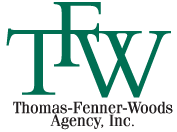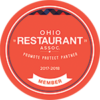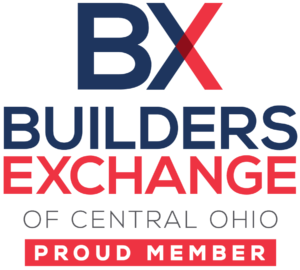Some construction firms may view safety programs as just another cost center, something to cut back on during tough economic times. This belief is mistaken for two reasons. First, by helping to lower Workers Compensation costs and uninsured costs, and by helping to attract good employees, effective safety programs actually increase profits. Second, safety efforts do not have to be expensive. With some simple management adjustments, contractors can make their job sites safer without spending a great deal of money.
Perhaps the most effective low-cost way to improve safety is to involve the people who could get hurt. If managers are not tapping the intelligence and creativity of their employees when solving work problems, they are wasting valuable resources. If a supervisor orders an employee to do something, the worker may do it, but his commitment may be superficial. Conversely, if the supervisor asks for and uses the employee’s suggestions, the employee may be more likely to adopt them enthusiastically. There may be several valid reasons why an employee fails to use protective equipment, including:
- He might not know how to use it correctly.
- He might believe that the equipment doesn’t work correctly.
- He might see co-workers disregarding safety rules without consequences.
- He might be rewarded for not using it. For example, supervisors might praise workers for getting tasks done quickly, even if the workers disregard safety rules.
- He might be punished for using it. For example, obeying safety rules might slow him up so much that he has to work through breaks to finish on time.
Some of these reasons relate to supervisors’ attitudes; if supervisors give workers incentives to obey safety rules, the workers are more likely to follow them. However, some can be corrected with employee input. The employee may report that a safety harness, while effective at keeping him from falling off a roof, makes it difficult for him to move building materials around the roof. In collaboration, the worker and the supervisor may be able to think of ways to work around the problem. Because he played a role in developing the solution, the worker is more likely to apply it and may even suggest to his co-workers that they do the same.
One very effective way to increase employee acceptance of safety measures is to create a safety committee made up only of non-supervisory employees. The committee should meet at regular intervals to review injury reports and reports of incidents that almost resulted in injuries, identify the causes of these incidents, and recommend corrective measures. Members should suggest recommendations based on their own personal experiences on job sites. Managers should review all recommendations to see how they fit within existing procedures; it may be necessary to change procedures.
During meetings where the supervisor distributes assignments for the day’s work, he should ask the workers whether they have found safety issues that need attention. He should also review the procedures for safe completion of the task. For this to be effective, workers must feel free to speak up and managers must acknowledge their opinions.
Although it is important that managers take workers’ safety recommendations seriously, workers must also remember the company’s bottom line. Unreasonably expensive tools and changes will hurt workers’ credibility and do nothing to improve working conditions. Conversely, if workers make thoughtful suggestions, managers have an obligation to take them seriously. If they do not, workers will lose trust in them. By working together and communicating well, both workers and managers can achieve the ultimate goal: A profitable company where all can work in safe conditions.





